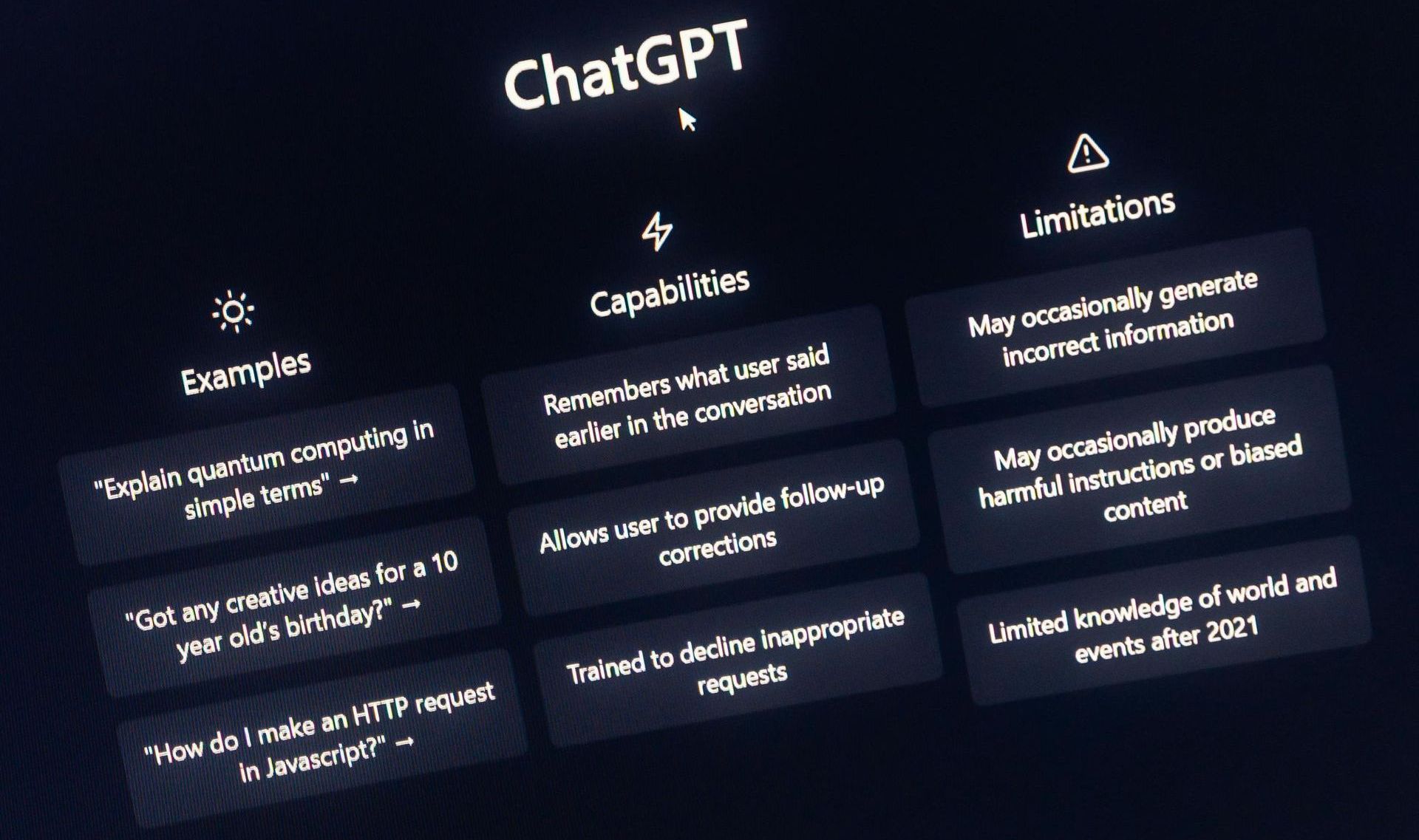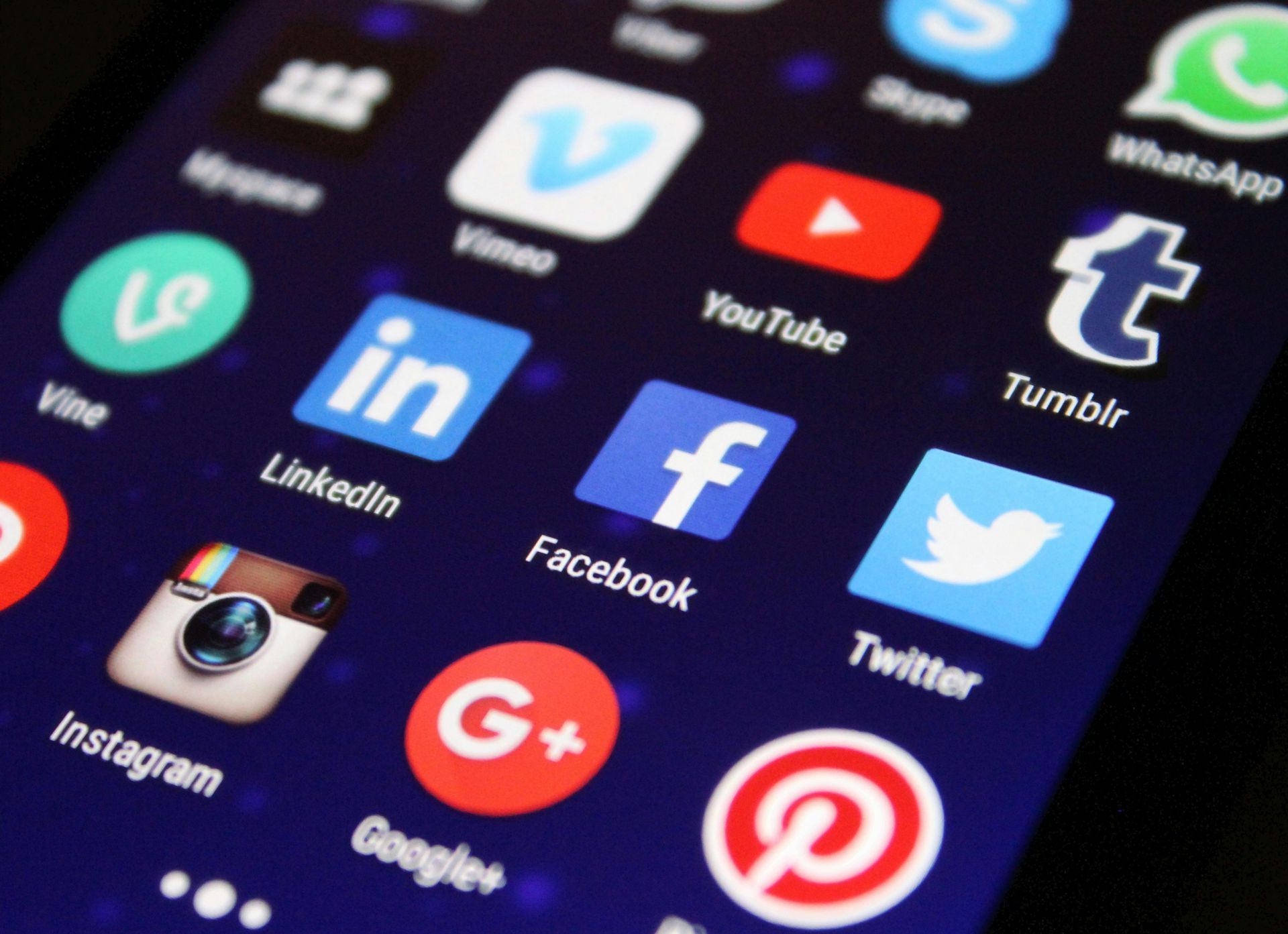Campaigns Grab Attention, But It's the Daily Grind That Keeps 'Em Coming Back
Leah Dergachev • August 5, 2024
Think brand loyalty is all about those flashy, big-budget campaigns? Think again. While those might turn heads, it's the everyday moments that truly win hearts.
The Secret Sauce: Everyday Interactions
Every time a customer interacts with your brand, it's like a tiny building block in the fortress of their loyalty. Sure, that Super Bowl ad was cool, but remember when your chatbot didn't make them want to pull their hair out? That's the real MVP.
Consistency is the glue that holds it all together.
Imagine if your favorite coffee shop suddenly started serving motor oil instead of your morning latte. Shocking, right? That's why consistency matters. When customers know what to expect from your brand, they're more likely to stick around. It's like a comfortable pair of jeans – reliable, familiar, and always a good choice.
Authenticity is your best friend.
In a world where everyone's trying to be the next big thing, sometimes just being yourself is the most refreshing approach. Show your customers you care, and they'll return the favor. It's like dating – nobody likes a phony.
Building loyalty is a marathon, not a sprint.
Creating a loyal customer base is more like tending a garden than launching a rocket. It takes time, patience, and a whole lot of TLC. Here's your game plan:
- Train your team to be customer experience geeks.
- Listen to your customers like they're telling you the secret to eternal youth.
- Invest in quality like it's going out of style (spoiler: it never does).
Sure, those glitzy marketing blitzes might earn you a moment in the spotlight, but it's your daily backstage hustle that turns casual viewers into die-hard fans. Make every interaction matter, and you'll build a customer base that sticks with you through thick and thin.
Think of each touchpoint as a chance to leave a positive impression. It's not about grand gestures, but about consistently getting the little things right. Do that, and you'll create the kind of loyalty that translates into long-term success.

Fear of AI replacing marketing and communications professionals runs rampant. But this misses the real opportunity: leveraging AI as a powerful ally that handles repetitive tasks while you focus on what truly matters – creativity, strategy, and human connection. From Replacement to Enhancement The "AI will steal your job" narrative fails to recognize a crucial distinction – AI transforms roles rather than eliminates them. For marketing and communications experts, this transformation offers unprecedented possibilities to elevate your work. Practical Ways to Implement AI in Your Marketing Arsenal Content Development Acceleration How to implement: Draft email newsletters by providing AI with your key points and tone requirements Create multiple headline variations based on your target audience segments Transform basic outlines into full blog drafts that maintain your voice Repurpose existing long-form content into social media snippets Implementation tip: Save your best-performing content as examples for the AI to learn your style. Include specific instructions about brand voice and audience needs for more accurate results. Research and Insights on Steroids How to implement: Extract key findings from market research reports in seconds Analyze customer feedback across platforms to identify recurring themes Compare competitor messaging strategies by having AI review their content Monitor industry conversations to spot emerging trends before they peak Implementation tip: Frame specific questions when using AI for research. Instead of "tell me about our industry," try "What are the three emerging challenges our target audience is discussing in relation to [specific topic]?" Productivity Systems That Actually Work How to implement: Create detailed content calendars based on your strategic goals Generate meeting agendas and capture action items automatically Draft client proposals using past successful examples as templates Organize research sources and extract relevant quotes and statistics Implementation tip: Build templates for recurring tasks. For instance, create a template for client report generation with placeholders for metrics, insights, and recommendations. Where Human Expertise Remains Irreplaceable While implementing these AI tools, recognize that certain aspects of marketing and communications remain distinctly human: Strategic thinking that connects business goals to audience needs Creative problem-solving that breaks through market noise Emotional intelligence that informs authentic messaging Building genuine relationships with clients and audiences Understanding cultural contexts and sensitivities in communication Your Five-Step Implementation Plan Identify your time suckers: Track your activities for a week to find repetitive tasks consuming your creative energy. Choose one AI tool to master: Rather than dabbling in many, become proficient with a single tool that addresses your biggest pain point. Create an AI-human workflow: Establish a clear process where AI handles first drafts and you provide critical refinement. Measure impact beyond time savings: T rack not just hours saved but improvements in output quality, client satisfaction, and your own job fulfillment. Implement learning blocks: Schedule 2 hours weekly to experiment with new AI applications relevant to your specific marketing needs. The Augmented Marketing Professional The distinction between AI-enabled marketing professionals and those who resist these tools grows wider daily. The competitive advantage lies not in working harder but in working smarter through strategic AI implementation. By focusing your AI implementation on eliminating the mundane aspects of your role, you can invest more deeply in the strategic thinking, creativity, and relationship building that truly drive marketing and communications success. The question isn't whether AI will take your job – it's whether you'll use AI to transform your role into something more impactful and valuable than before.










